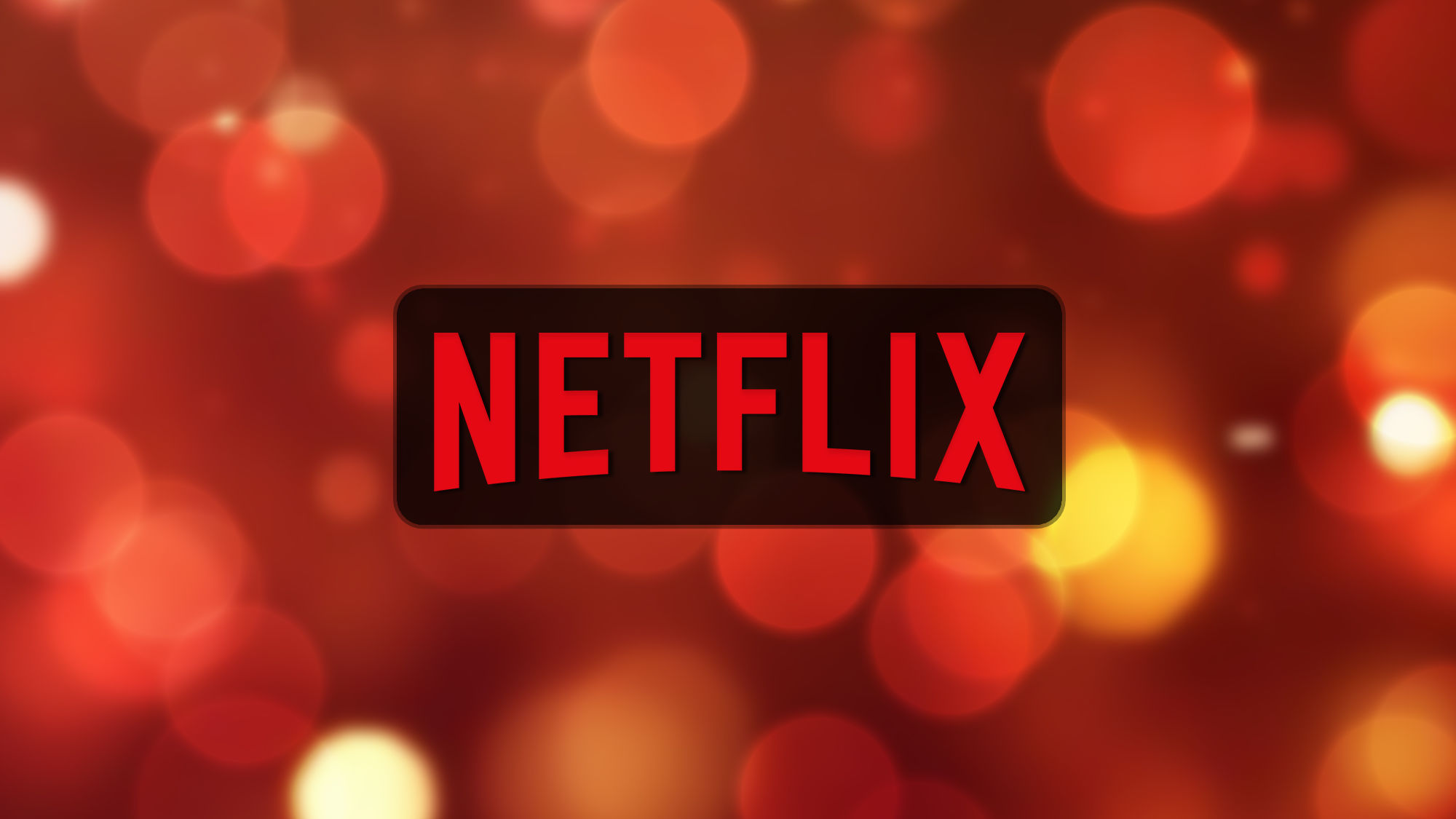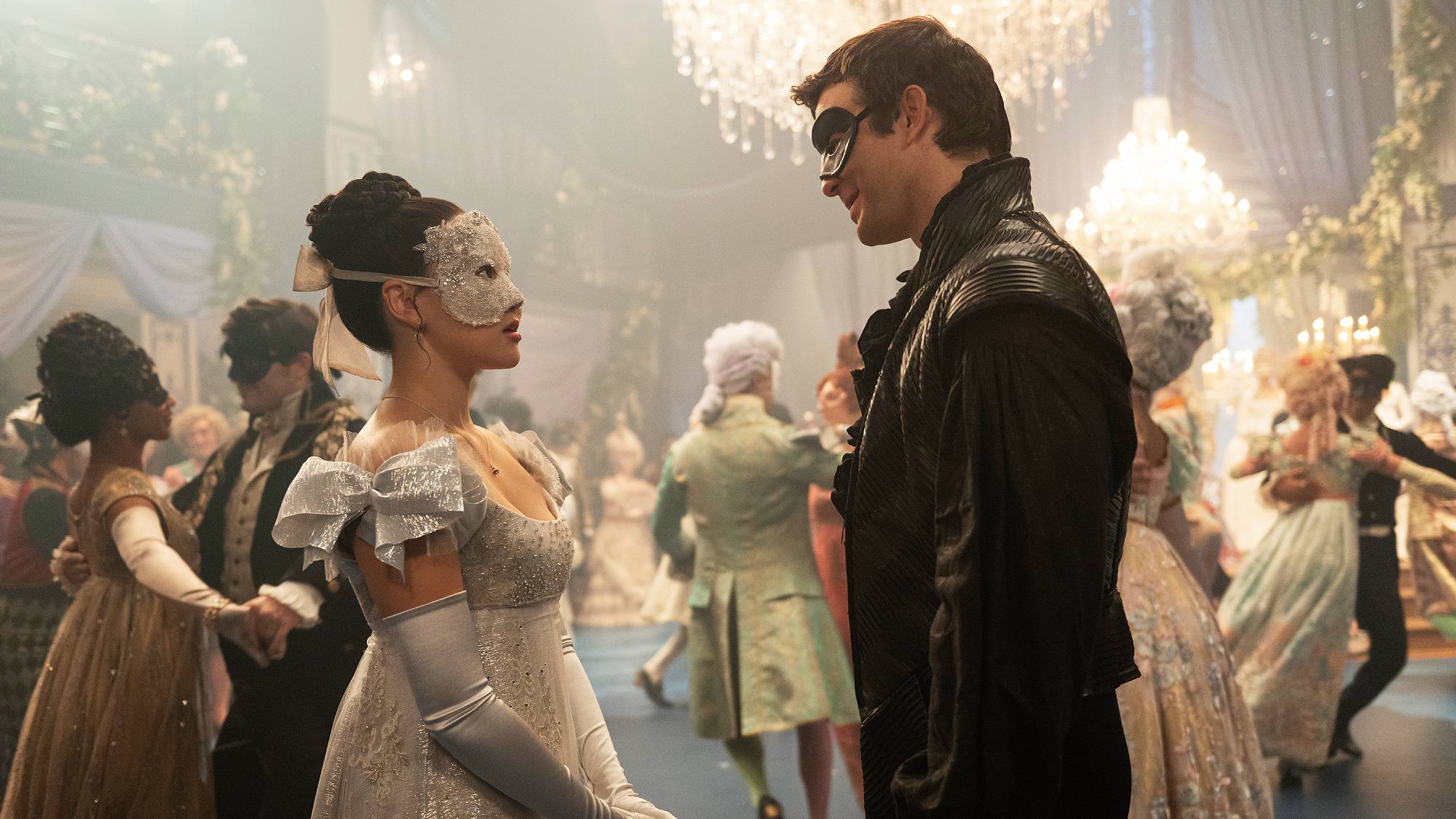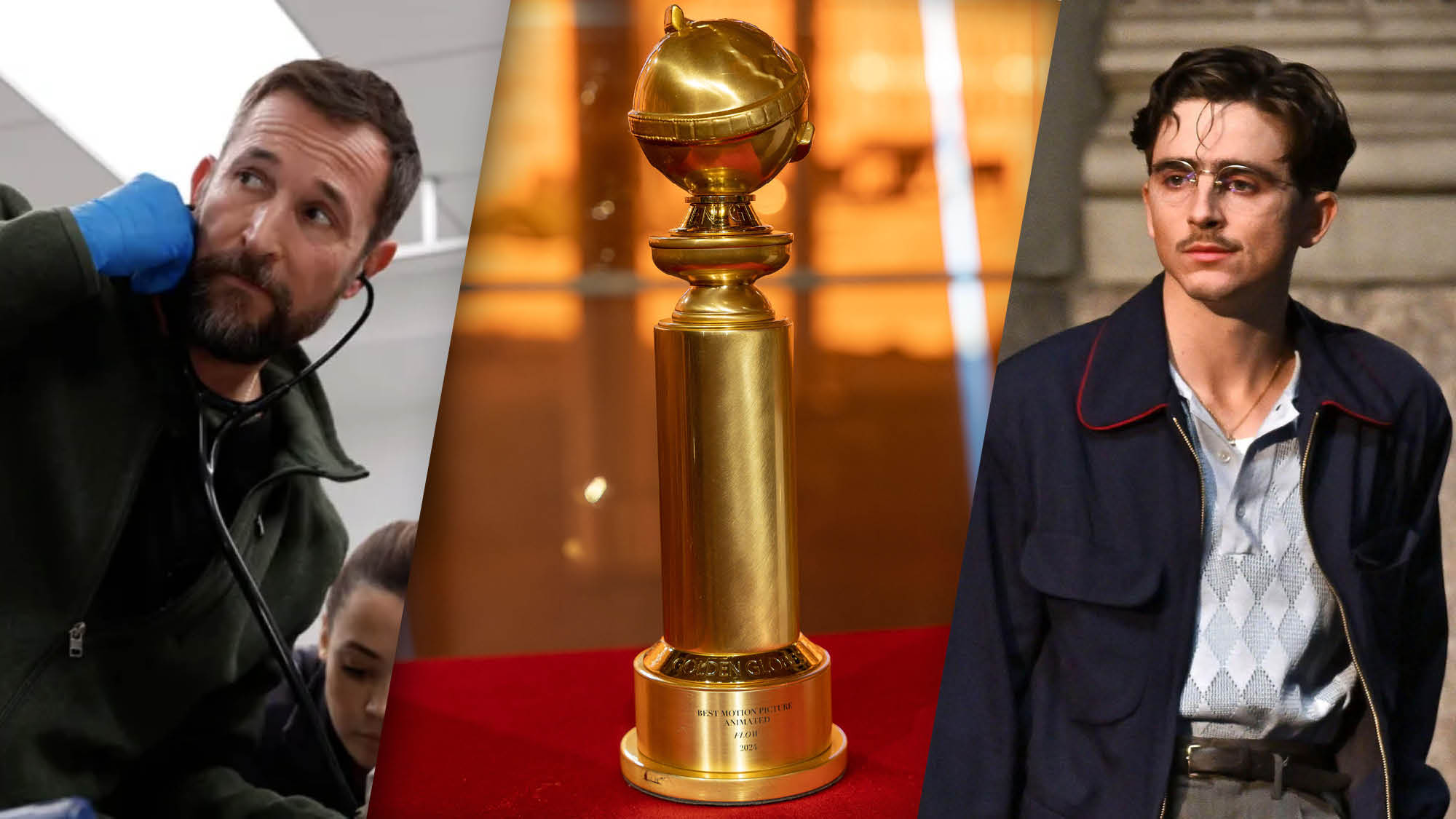Netflix pricing in Australia: how much the streaming service costs in 2026
Netflix and chill just got a little more expensive

Despite being the most expensive streaming service in Australia right now, Netflix still reigns supreme as the go-to platform for binge-worthy blockbusters. Over the past decade, Netflix has conquered the streaming market globally by becoming a household name in over 190 countries.
While the streamer ranks highly in our best streaming services in Australia roundup, it begs the question of whether it's worth maintaining an ongoing subscription, especially if you're in a pinch. Each service has its unique pricing structure, plans and content, making it equally challenging to decide what's best for you.
We've conducted research using Netflix data and compiled this guide on what Netflix will cost you this year, plan breakdowns, and more. If you're looking for price comparisons across streaming services available in Australia, you can check out our article here. Or if you're wondering what to watch on Netflix tonight, our continuously updated guide has a recommendation you'll love.
Netflix Australia plans and prices

Netflix currently advertises three monthly plans, ranging in price points:
- Standard Plan with Ads | AU$9.99 per month
- Standard Plan | AU$20.99 per month
- Premium Plan | AU$28.99 per month
Standard plan with Ads – AU$9.99 p/m
In November 2022, the streaming giant announced its Standard plan with ads, costing viewers AU$6.99 monthly for two screens and HD streaming. Before it was scrapped, Netflix had a Basic plan, costing users AU$10.99 p/m for one (or two) screens and no ad breaks. The price increased in June 2024, costing users AU$7.99 p/m.
Notably, one would think this plan's only catch would be having to sit through four to five minutes of ads every hour; however, subscribers on this plan can’t access Netflix's entire catalogue. Unfortunately, Netflix doesn't reveal which content users miss out on with this plan.
Get instant access to breaking news, the hottest reviews, great deals and helpful tips.
As of February 2025, Netflix announced that its Basic Plan has been scrapped, with all subscribers rolling onto the Standard with Ads plan in April. The Basic plan has been unavailable for new sign-ups for the past 18 months; however, grandfathered subscriptions have been maintained. In September 2025, this plan increased for a sixth time, costing AU$9.99 p/m.
Standard plan – AU$20.99 p/m
Netflix's Standard plan has come a long way since it arrived in Australia in 2015. It started at the affordable original price of AU$8.99 p/m for HD streaming on two screens with no ads, which was a major drawcard for the platform. Now, the Standard plan will set you back AU$18.99 p/m — a whole AU$11 more than the ad-supported plan. In September, this plan increased to AU$20.99 p/m.
Premium plan – AU$28.99 p/m
Netflix's Premium plan allows you to watch on four screens at a time at up to 4K resolution. Like the Standard plan, the Premium offering has also climbed up AU$14 since 2015 to a whopping AU$28.99 p/m.
Wondering what to watch this month?
January is a superb time to stream these must-watch summer highlights on the best streaming services in Australia:
• People We Meet on Vacation, January 9, Netflix
• The Pitt (Season 2), January 9, HBO Max
• The Night Manager (Season 2), January 11, Prime Video
• Bridgerton (Season 4 - Part 1), January 29, Netflix
• Marvel's Wonder Man, January 29, Disney Plus
You can check out all the new releases coming to streamers this month in our constantly updated 'What to Watch' guide.
How to pick the right plan for your needs

For most streaming services — Netflix included — plan prices typically revolve around two key factors: number of screens and streaming resolution. Obviously, some other factors go into this, like catalogue access and other non-streaming-related benefits, but for the most part, plans are based on the former.
Both Netflix’s Standard with ads and Standard offerings can stream 1080p HD content on two screens simultaneously. Both also allow you to download your favourite shows or movies on two devices so that you can access them offline.
With its Premium plan, users can stream on up to four different screens at the same time, with 4K and HDR content on offer. In terms of downloadable content, users on this plan can access content offline on up to six devices.
Quality-wise, Netflix claims that both Standard with ads and Standard plans can access good video and sound playback, whereas premium plans can access spatial audio and better visuals while watching.
If you’re in a smaller household, with one or two screens (a phone and a laptop would count for single users), then a Standard plan should suffice. It also depends on budget, so if you find yourself willing to watch an ad or two every half hour, it might be worth saving the extra AU$11p/m and opting for Netflix’s cheapest plan.
If you’re in a larger household with multiple devices or multiple users with different interests (especially if you’re a parent and would rather avoid kids' content on your profile), then a premium plan might be the right choice. Users with high-end televisions may also want to opt for this simply for the resolution bump.
Are there ways to save on subscription costs?
Netflix AU has partnered with a few telcos, such as Optus, to include the streaming platform in 5G home internet or NBN bundles. Currently, new Optus customers who sign up for a fast NBN family plan or higher will also receive a Standard Netflix subscription with their plan.
Netflix currently does not offer a free trial for new users, but says that you can cancel your plan at any time if it doesn’t suit you. Note though, you will have access to Netflix until your subscription expires at the end of your current monthly billing period.
How does Netflix pricing compare to other services?
Netflix's plans are among the average range of most streaming services, with its cheapest plan (with ads) coming in at AU$9.99 p/m and AU$119.88 per year. Our research shows that basic tiers usually average at AU$10.39p/m and AU$124.73p/y.
In terms of its Standard and Premium tiers, Netflix is on the higher end of the scale, costing AU$20.99p/m and AU$28.99p/y, respectively. On average, standard subscriptions cost AU$15.77p/m and premium offerings cost AU$20.99p/m.
How does Netflix's content catalogue compare?

As for content, Netflix is well known for its original shows and movies. With high-calibre on-demand productions that dominate entertainment conversations, there’s no denying that Netflix has changed the game for streaming services.
According to our research, Netflix currently has 7,458 titles, including 4,362 movies and 3,096 television shows. This ranks Netflix second, behind Prime Video, which has more than 10K titles.
That said, mentioning only the best of Netflix's library here is honestly a disservice to the platform, as there are many, many great options for binge-watching. Recent releases include the latest Benoit Blanc whodunnit, Knives Out: Wake Up Dead Man, Emily in Paris season five, and Stranger Things season five.
In January, Netflix welcomes the epic finale to the Stranger Things series on January 1, and the fourth instalment of Bridgerton on January 29.
It would be remiss not to mention some of the older shows and recent hits that have further skyrocketed Netflix into the entertainment stratosphere. From following a group of D&D-obsessed kids and their telekinetic friend in Stranger Things, to taking down demons with Huntrix in K-Pop Demon Hunters and exploring the reign of Queen Elizabeth in The Crown, Netflix shows offer something for everyone.
We’ve reviewed some of the best Netflix movies and television shows, and you can check them out here.
Has the Australian Netflix price increased over time?
As mentioned above, Netflix’s standard with ads, standard and premium offerings have experienced price hikes over the years. Initially, the price for a basic subscription was AU$8.99, which was then bumped up to AU$10.99 before it was scrapped in favour of the ad-supported plan in October 2023.
The Standard plan has fluctuated over the years, with its lowest price being AU$10.99 at launch. It has gone up by AU$8.99 in that time, with it now costing AU$18.99 per month.
Meanwhile, the premium plan has inflated the most, costing users only AU$14.99 when it launched. Users can expect to fork out AU$11 more, to a mammoth AU$25.99p/m in June 2024.
In September 2025, all tiers underwent a sixth price hike, increasing by AU$2 for Standard with ads and Standard plans, and by AU$3 for the Premium plan. After these price increases, Netflix became the most expensive streamer for both Standard and Premium plans.
Another fee to consider revolves around Netflix's crackdown on password-sharing. Anyone who has a Standard or Premium plan and wishes to share their account with someone outside of their household will incur an AU$7.99 p/m fee to add an "extra member" to their plan — yikes.
Is a Netflix subscription worth it?

If you’ve gotten this far, you’re probably still wondering if a Netflix subscription is worth your time and money, so let’s break it down.
Netflix has gone through the wringer for quite some time now. Dealing with constant fierce competition from the likes of Disney Plus, HBO Max and Paramount Plus, to endings and cancellations of hit franchises, and recurrent price hikes, subscribers are leaving the big red streamer in droves.
That said, Netflix still offers the biggest selection of exclusive TV and movie content of any streaming service out there, and the technical quality of its platform is unmatched, offering flawless 4K streams, snappy navigation and unmatched device compatibility.
It’s also worth mentioning that Netflix’s original content is pretty consistent, with upcoming shows and movies almost always worth the hype. And unlike most other streaming platforms, Netflix drops whole seasons of new shows at once — solidifying the binge in binge-watch.
Ultimately, it's up to you to decide if Netflix is worth your hard-earned cash. If not, we have a guide on how to cancel Netflix AU that may be worth checking out.

Lucy Scotting is a digital content writer for Tom’s Guide in Australia, primarily covering NBN and internet-related news. Lucy started her career writing for HR and staffing industry publications, with articles covering emerging tech, business and finance. In her spare time, Lucy can be found watching sci-fi movies, working on her dystopian fiction novel or hanging out with her dog, Fletcher.
You must confirm your public display name before commenting
Please logout and then login again, you will then be prompted to enter your display name.
 Club Benefits
Club Benefits






